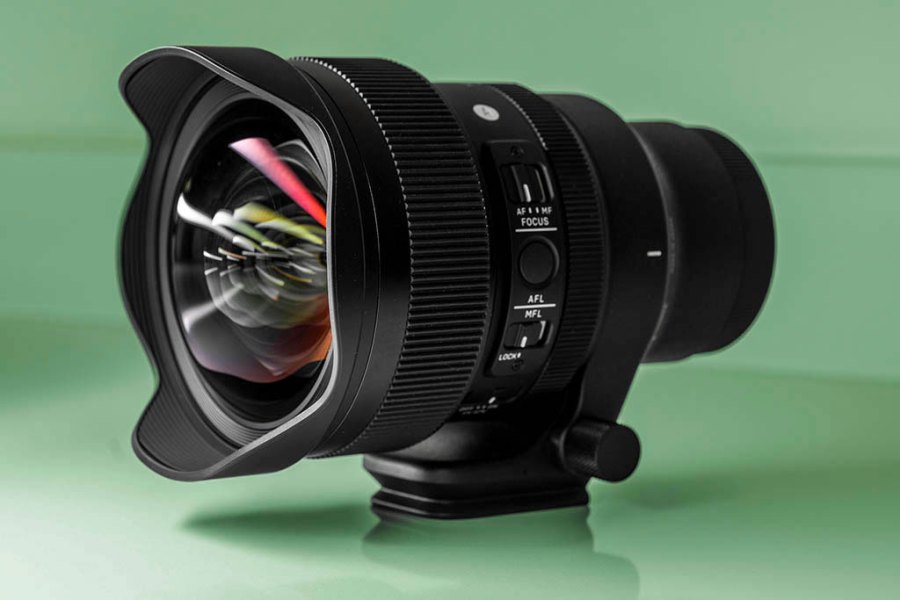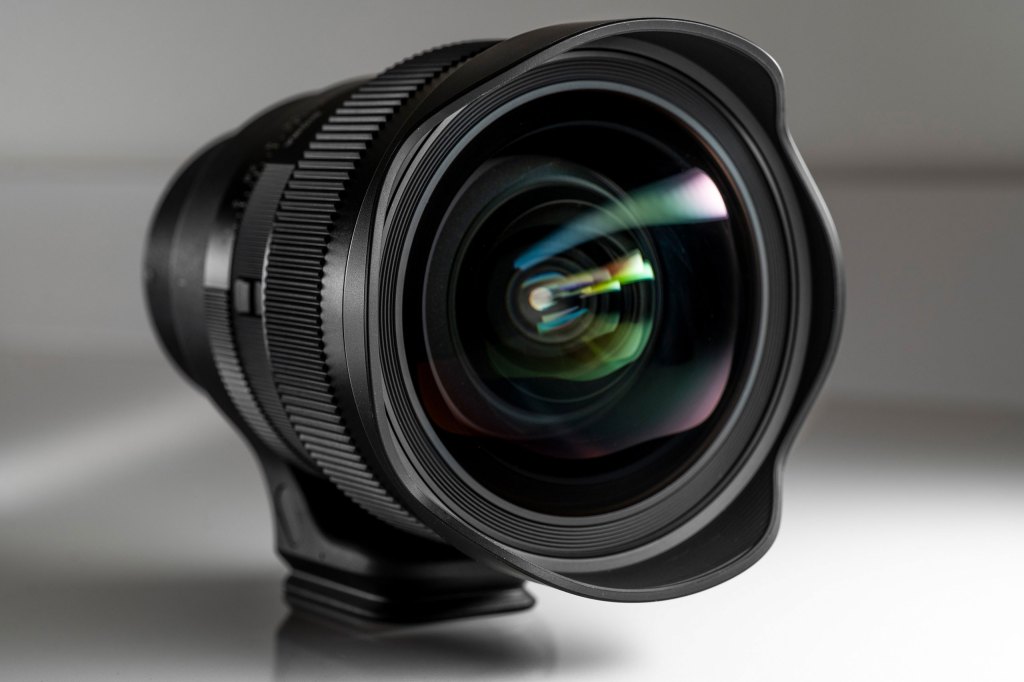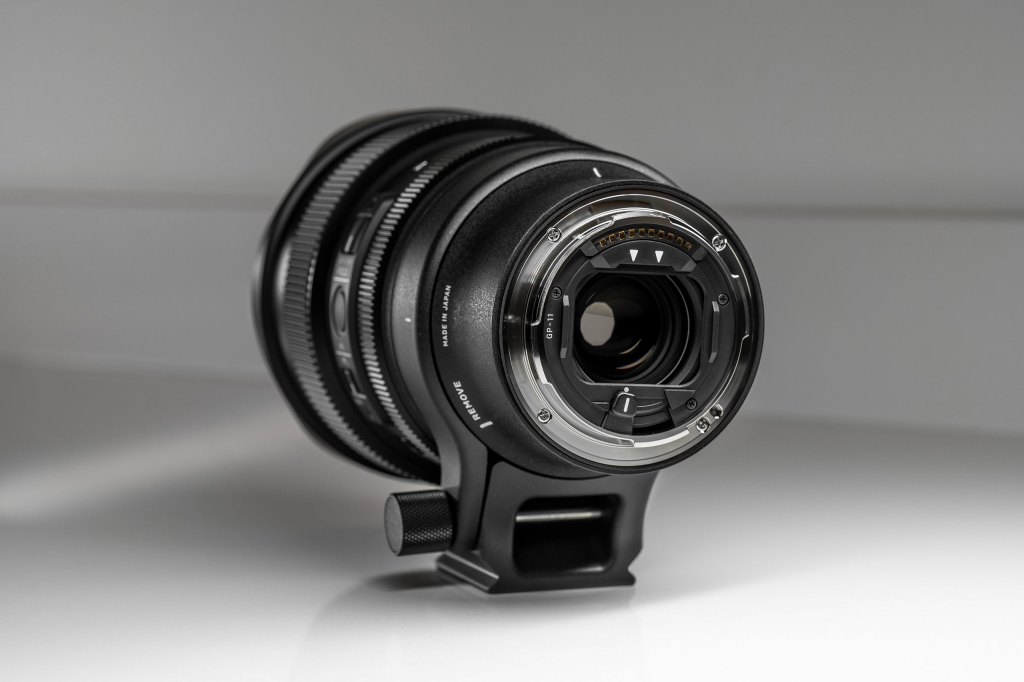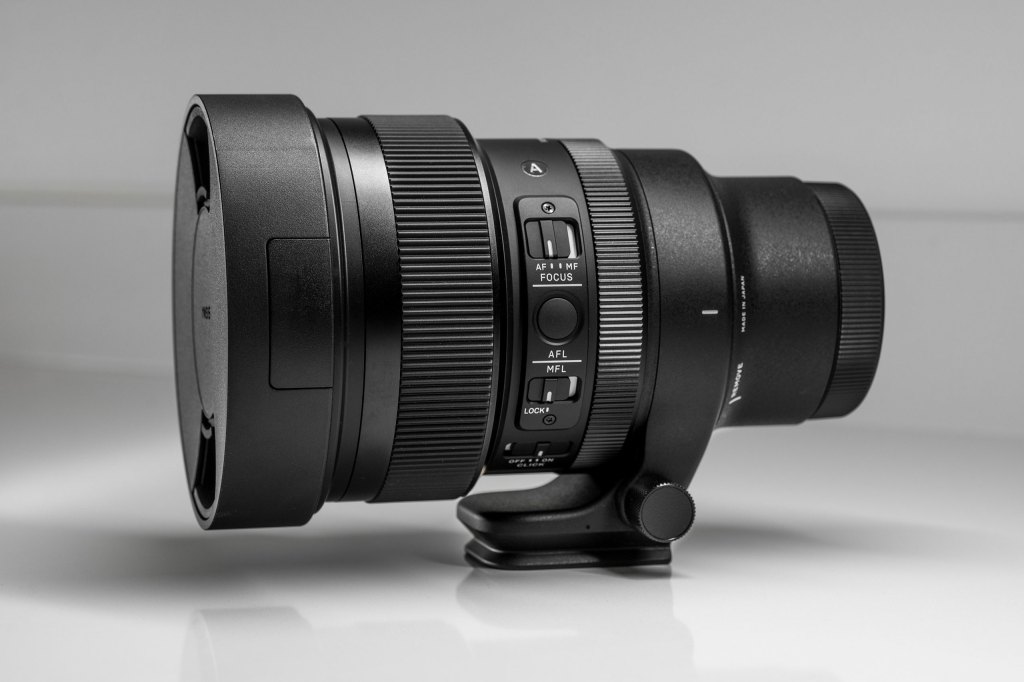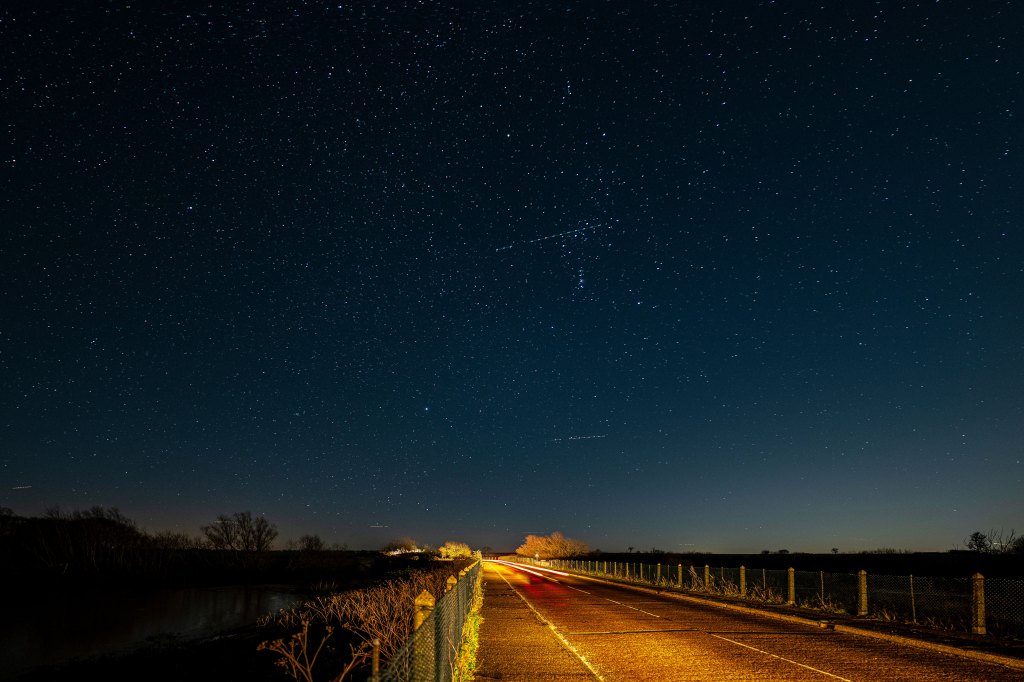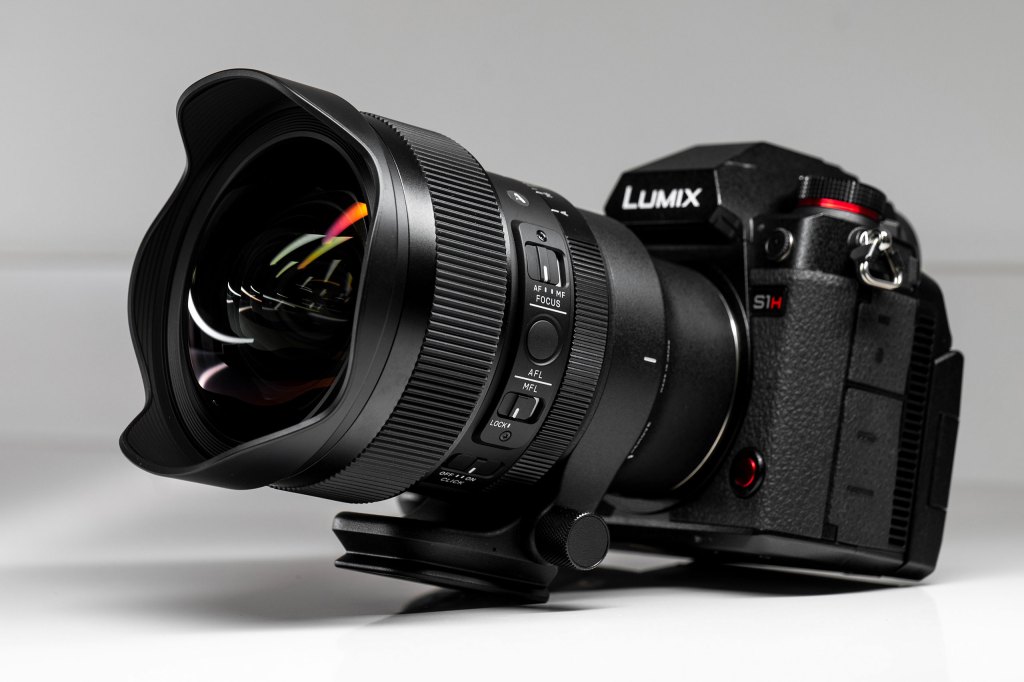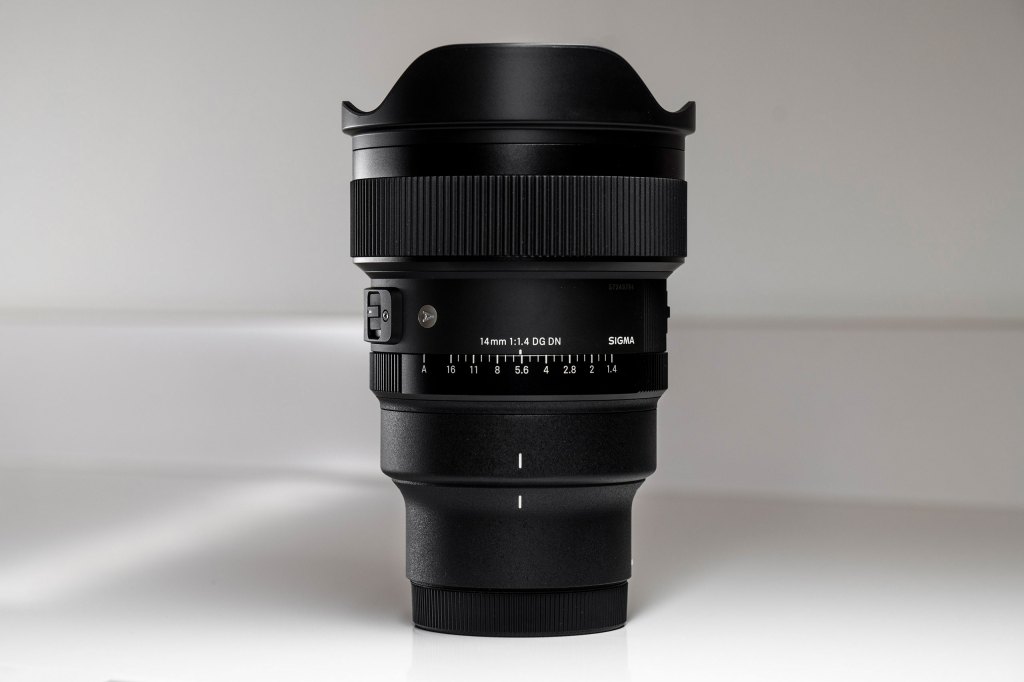Amateur Photographer verdict
A specialist lens aimed at astro and landscape shooters with excellent optical quality and a set of extras like lens heating belt, and rear filter holder. A superb lens that’s a pleasure to use.- Large maximum aperture
- Excellent distortion control
- Really sharp wide open
- Rear filter holder
- Excellent handling
- Large and heavy
- The focal length needs careful use
If you want a 14mm lens for your full-frame mirrorless camera, with autofocus and a maximum aperture of f/1.4, the Sigma 14mm F1.4 DG DN Art is the only game in town. No one else makes anything quite like it, with the closest alternative being the Sony FE 14mm F1.8 GM. Yet despite its large aperture, it’s not wildly expensive: it costs £1400, compared to £1300 for the Sony f/1.8 lens. This combination of features make it one of the best lenses for astrophotography available.
Sigma 14mm F1.4 DG DN Art – at a glance:
- $1399/£1399
- Large aperture wideangle prime lens
- For full-frame mirrorless cameras
- Available in Sony E and L mounts
- 101.4 x 149.9mm, 1170g
- 30cm minimum focus
- Uses rear filters
- www.sigmauk.com
When you are an independent lens manufacturer, you have two choices. You can either make the same types of lenses as the camera brands but sell them at a lower price, or you can find all the holes in the current line-ups of the main brands and fill them with your own products. Sigma mostly used to do the former, but these days it’s very good at doing both, and now has quite a collection of lenses you can’t get from the manufacturer of your camera. This 14mm F1.4 DG DN Art is a prime example.
There are a couple of reasons other brands don’t make a lens this wide with such a fast maximum aperture. Firstly, they are hard to make well, and secondly, with the sort of depth of field you get with a 14mm lens, f/2.8 has usually been considered a large enough opening. Sigma though is aiming this 14mm at night-sky shooters who need to carefully balance their shutter speeds with their ISO settings, so a super-fast maximum aperture makes life very much easier. Indeed, the firm has gone to quite some lengths with its other features to keep the astrophotography crowd happy.
Sigma 14mm F1.4 DG DN Art – Features
With its 114.2-degree angle of view, this lens offers an extremely wide view, which makes it ideal for recording small spaces and open landscapes, as well as vast expanses of the night sky. It’s distinctly large and heavy when compared to other 14mm lenses, at 15cm long and 1170g. However, Sigma is very proud that this is almost exactly the same size and weight as its previous 14mm f/1.8 that was designed for DSLRs. This new model lets in two-thirds of a stop more light, so maintaining the same dimensions has been quite an achievement. That the lens has been specifically designed for mirrorless bodies helps, of course, as the distance to the sensor is shorter.
Sigma has used an optical design containing 19 elements in 15 groups, including four aspheric elements, three made from FLD glass and one from SLD glass to help tackle chromatic aberrations. The aspheric lenses are important here, as we need the edges of the frame to be as sharp and detailed as the centre. In astrophotography, we often need to look at subjects that aren’t in the middle of the frame.
Now we have excellent software for fixing basic problems with optics, Sigma has taken the decision to leave the final correction of drawing (geometric distortion) and vignetting to the in-camera firmware and software profiles, so it can concentrate on the things software can’t fix – such as the resolution of detail and chromatic separation. The software can fix colour fringing, of course, but in large amounts it inevitably leaves images much less detailed.
For astrophotography, we need lenses that perform at their best when focused to infinity, and which can resolve tiny dots of light without blurring their edges and making them appear smaller. Sigma also says it has concentrated on minimizing flare and ghosting, so we only get to see the light that comes directly from the objects, not reflections of it inside the lens. This is especially important when we have bright objects in, or just outside, the frame, such as the moon or street lights.
To keep those stars crystal clear and nicely rounded, we have an iris with a total of 11 rounded blades which closes down to f/16. You are never going to use this lens for macro, but it does focus very close to the front element. Sigma says the closest focus distance from the sensor is 30cm, but perhaps it is being modest – I found close focus more like 24cm from the sensor, and less than 10cm from the front of the lens.
Sigma 14mm F1.4 DG DN Art – Rear filters
Fitting filters to ultra-wideangle lenses is an age-old problem, as bulbous front elements make screw-in filters impossible. The issue is often solved with mounting systems that envelop the hood and the front of the lens, but these are usually very bulky and require large filters. Having a filter slot at the rear of a lens isn’t a new idea, but this one is not employed all that often, so it’s very nice to see one here. It means we can use very small filters instead of massive sheets of glass, and as they are protected from stray light, they create no additional flare of their own.
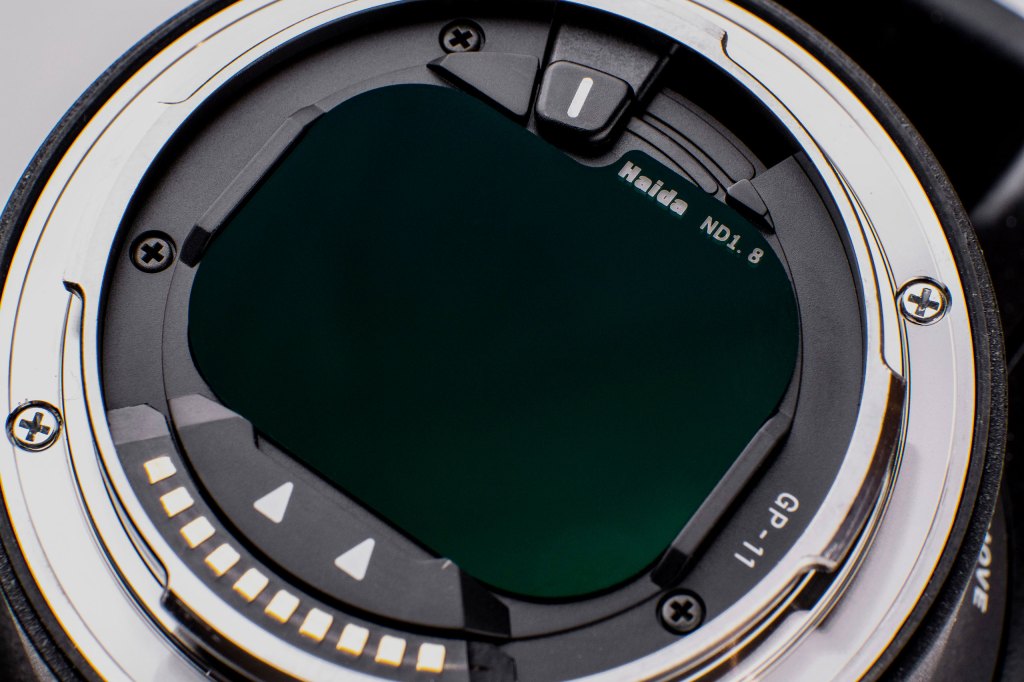
The downside, perhaps, is that our choices are significantly reduced as fewer manufacturers make rear filters, and those that do, don’t produce a huge selection. So for the most part we will be looking for NDs and astro filters. The filters used are the same GP-11 models as used by the Sigma 14-24mm F2.8 DG DN, but not the same as the GP-21 used in the Sigma 20mm F1.4 DG DN. In the photo above, you can see the lens fitted with an a neutral density filter made by Haida.
If you can’t find the filter you need, Sigma provides a template in the box that you can use to cut your own gels to fit.
These filters clip neatly into a frame over the rear element, so the lens needs to come off the camera for them to be fitted. They don’t drop in like the rear 46mm filters that the Sigma 500mm F4 DG OS uses. A slight disadvantage to this system is that filters are less convenient to change, and filters that need rotation, such as polarisers, can’t be used. However, this is a very neat and cost-effective solution to the issue – a 46mm drop-in filter system would have made this lens a whole lot bigger.

Sigma 14mm F1.4 DG DN Art – Build and handling
In terms of design and control layout, the 14mm f/1.4 is pretty standard for Sigma Art lenses these days. There’s a large manual focus ring at the front, with an aperture ring behind that’s marked in third-stop intervals. We have the option to de-click the aperture and a lock to keep the aperture ring in either Auto or manual. There’s also a switch to deactivate the manual focus ring, an AF/MF switch, and a customisable function button.
The lens also comes with a very solid tripod collar that can be removed, and which loosens so the lens can rotate. When the collar is removed we can fit the supplied protective ring to cover the fittings, and the foot comes with Arca-Swiss moulding as well as a regular 1/4in thread with anti-rotation pin holes.
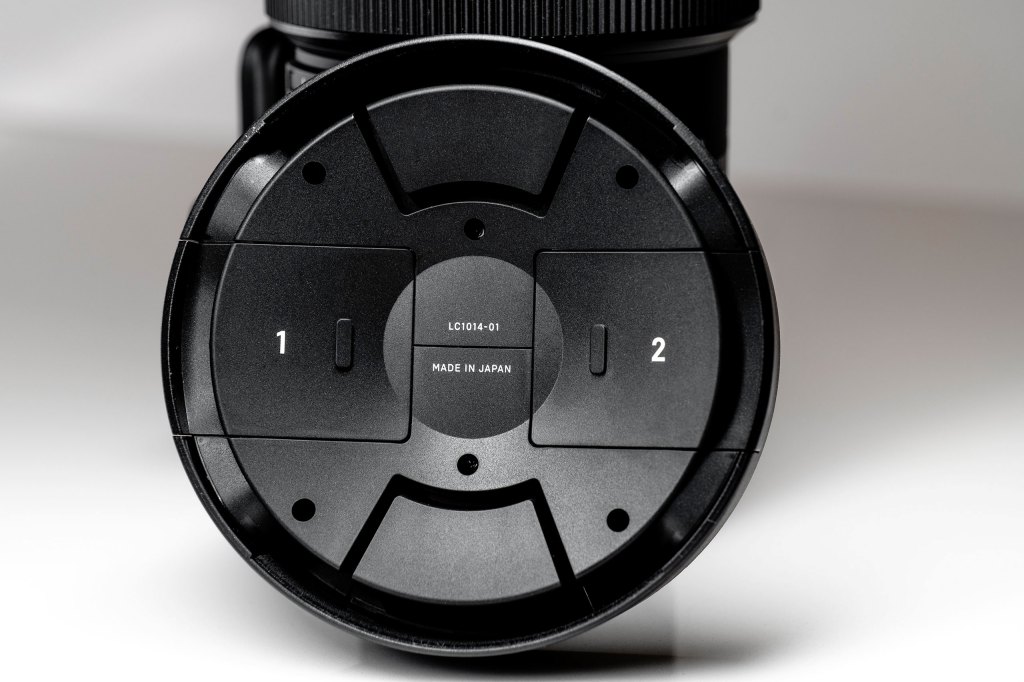
On the front there’s a monster lens cap, that locks very nicely to the hood and which won’t come off easily by accident. It is so thick because it houses handy storage places for two GP-11 filters.
One nice addition is the provision Sigma has made for attaching a warming belt to the front of the lens, such as the one shown below that’s made by Haida. It isn’t a dramatic design feature, but your belt will nuzzle up neatly to the step at the rear of the hood, so the warmth will remain in the lens rather than in the plastic hood. It just makes things a bit easier and will be appreciated by astrophotographers working on cold nights who want to prevent condensation from forming on the front element. It can be disappointing to complete an extremely long exposure only to find your front element was misted up for some of it.

Sigma 14mm F1.4 DG DN Art – Autofocus
Inevitably, the autofocus in this lens is extremely quick. Focal lengths like this have such extensive depth-of-field, even at f/1.4, that the focus module never has all that far to travel. Even so, it whizzes rapidly from the closest focus point to the infinity position.
Sigma 14mm F1.4 DG DN Art – Performance
Probably one of the most remarkable things about the optical performance of this lens is the way distortion is handled. Without the profile corrections there is some bending at the edges of the frame, but it is nowhere near what I was expecting. With the profile on, all of that bending goes away.
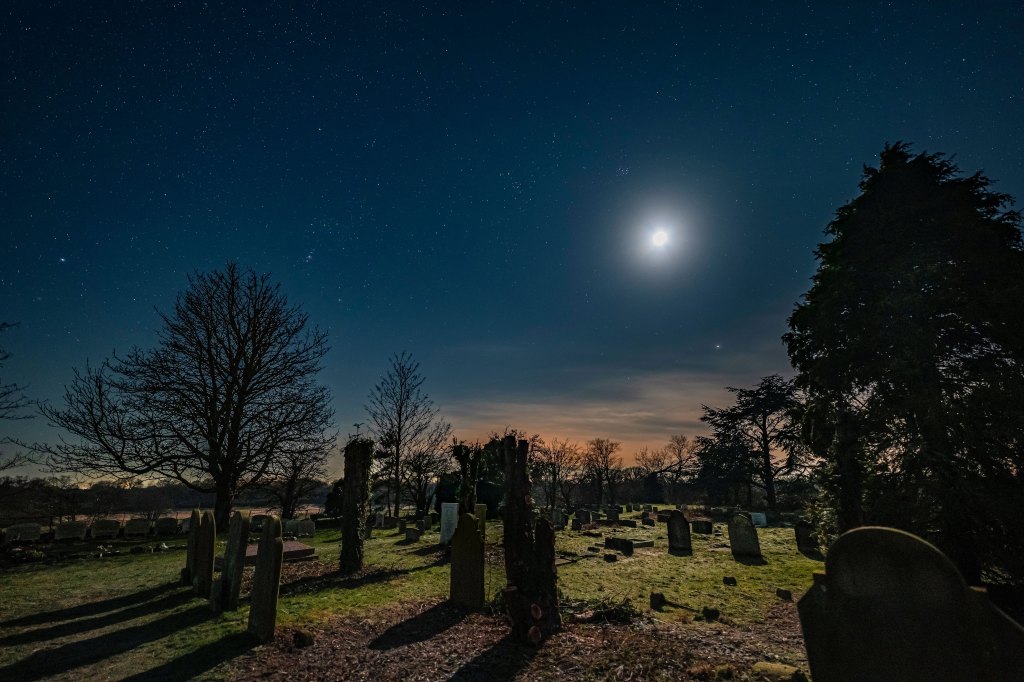
As the software corrections only need to be quite moderate, we don’t lose detail and shape in objects close to the corners of the frame. Some cheap lenses, which rely too much on software, forfeit whatever optical resolution they might have in the corners when the image gets stretched to make things look straight. However, that doesn’t happen here.
So while Sigma is happy to say that it relies on software to correct barrelling so it can concentrate on other areas, it has also done a lot of work in the optical design to ensure what barrelling exists is only moderate. Thus, we get straight edges as well as masses of detail right across the frame. It really is though, one of those lenses you need to work hard to keep level.
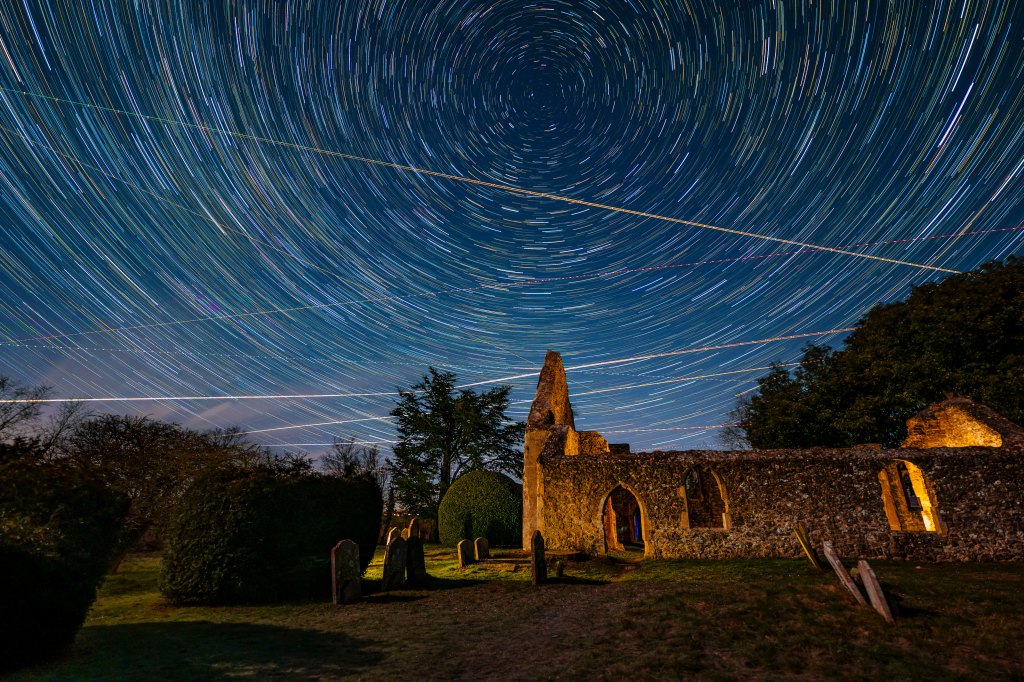
Sigma claims to have optimised the lens for infinity focus, which makes sense for astrophotography. But that doesn’t seem to have come at the cost of what the lens can do at regular, and even close distances. I found I could shoot wide open at any distance and rely on a very detailed image being recorded.
I’m extremely happy with the wide-open resolution, though as you’d expect it improves slightly as we stop down. There’s no surprise that best sharpness comes at f/5.6, and that it tails off a little bit beyond f/11, but all the way through the range you’ll get excellent results. Shape and sharpness are really well preserved right into the corners, so the tiny dots of distant stars appear as dots instead of ovals or lines.
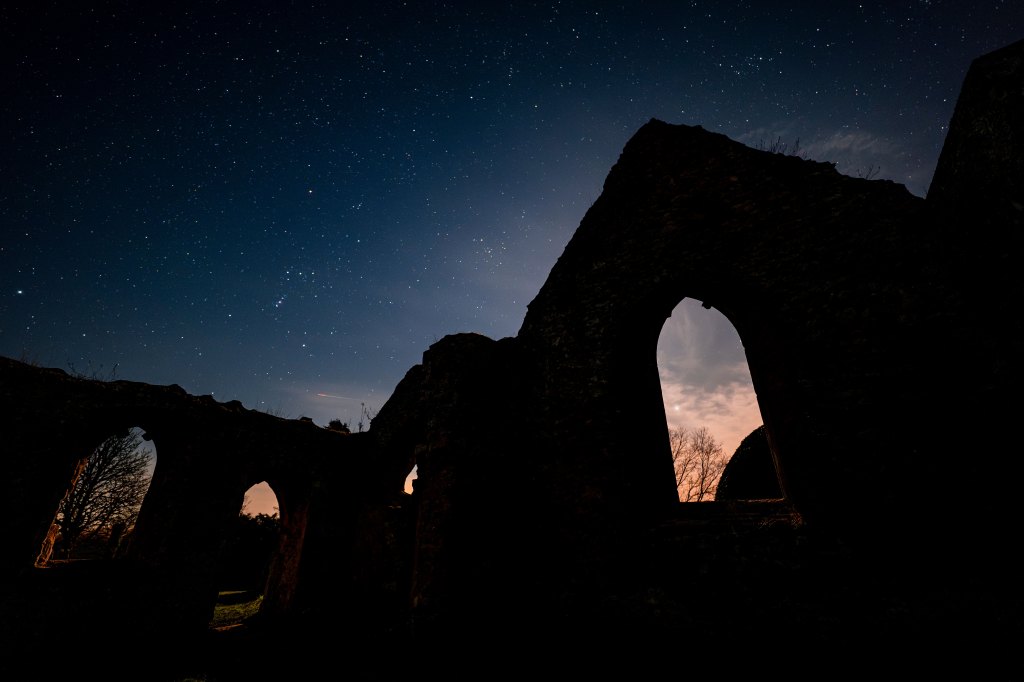
Sigma 14mm F1.4 DG DN Art – Verdict
This 14mm F1.4 DG DN is another outstanding Art lens from Sigma. It might be a bit specialist, but if you are into astro and landscape photography you will be delighted. While it is aimed at the infinity focusers, it is well enough corrected to use for interiors too, and small space subjects that need straight edges. Of course, if you are going to stop it down to f/5.6 you will miss some of the excitement of the lens, so make sure you use it wide open as well to make the most of that extraordinary f/1.4 aperture.
Yes, it is quite big, but the size enables the optical quality. I suspect that most users will fit the lens to a tripod for the majority of the time it will be in action. Even with natural subjects, we need to be careful to keep the lens dead level to avoid exaggerated distortions.
That the company has been thoughtful enough to include a moulding for a lens heating belt is a great thing, and an aspect astro workers will appreciate on cold nights. The rear filter holder is equally useful for NDs and anti-light-pollution glasses, but the best thing is the optical quality. It’s an all-round excellent bit of kit, that I’ve loved using.

Sigma 14mm F1.4 DG DN Art: Full Specifications
| Filter diameter | N/A |
| Lens construction | 19 elements, 15 groups (1 SLD, 3 FLD and 4 aspherical elements) |
| Diaphragm blades | 11 (rounded) |
| Angle of view | 114.2° |
| Aperture | f/1.4 – f/16 |
| Minimum focusing distance | 30cm |
| Diameter | 101.4mm |
| Length | 149.9mm |
| Weight | 1170g |
| Mounts | Sony E, L-mount |
| Included accessories | Caps, case, tripod mount, filter template |
For more options check out our guide to the best lenses for astrophotography and best cameras for astrophotography in 2024.
Related reading:
- Shooting the night sky: tips from Astronomy Photographer of the Year winners
- Astronomy Photographer of the Year 2024 competition now open for entries!
- Why Tenerife is THE place for astrophotography
- The best Sony lenses in 2024
Follow AP on Facebook, Twitter, Instagram, YouTube and TikTok.

